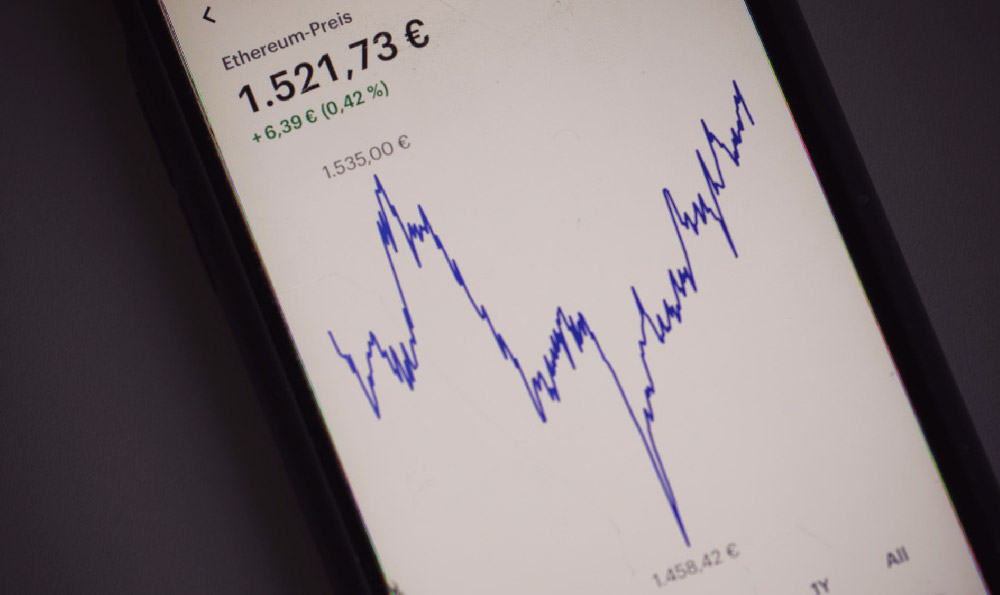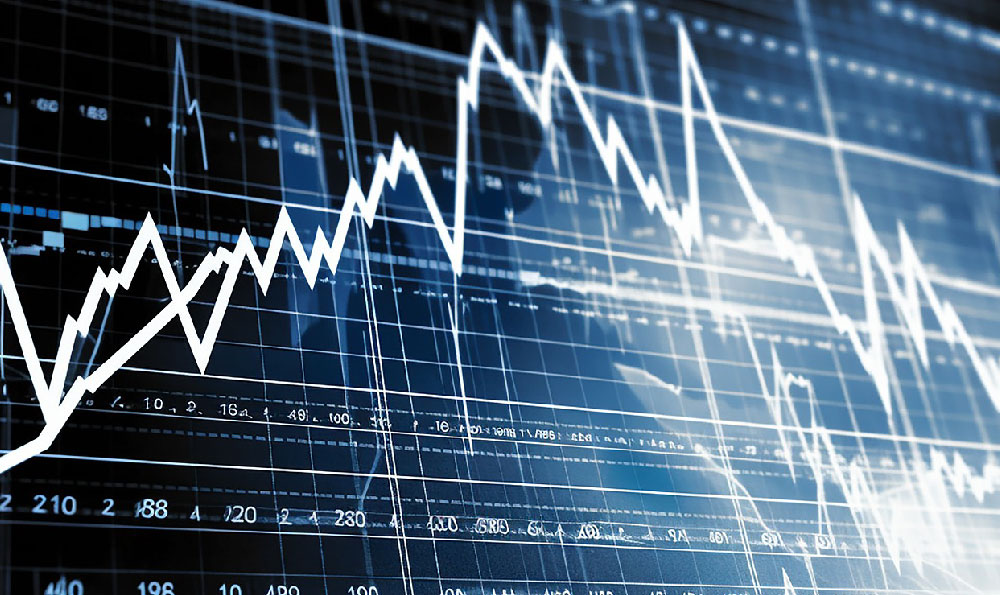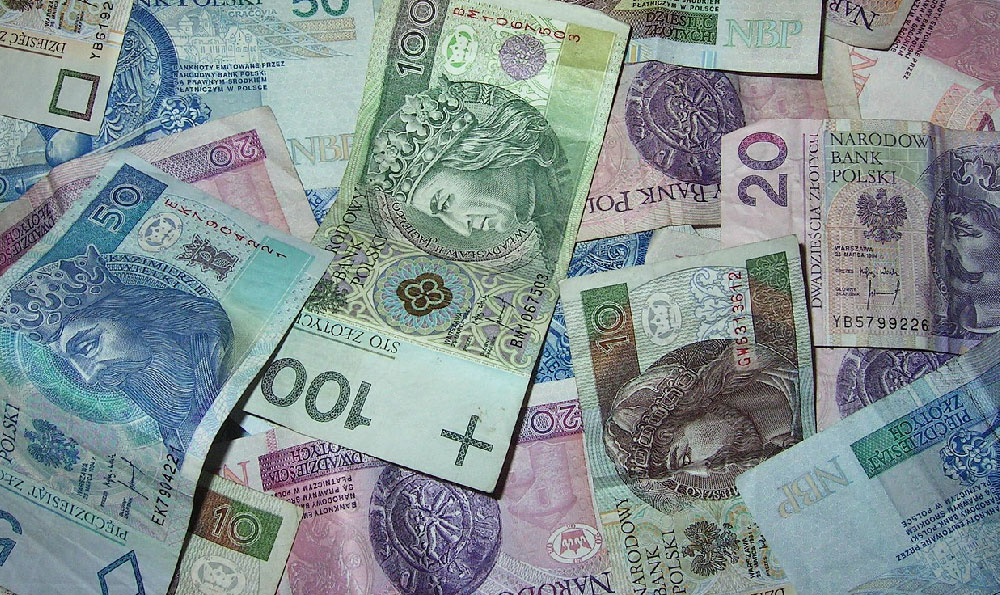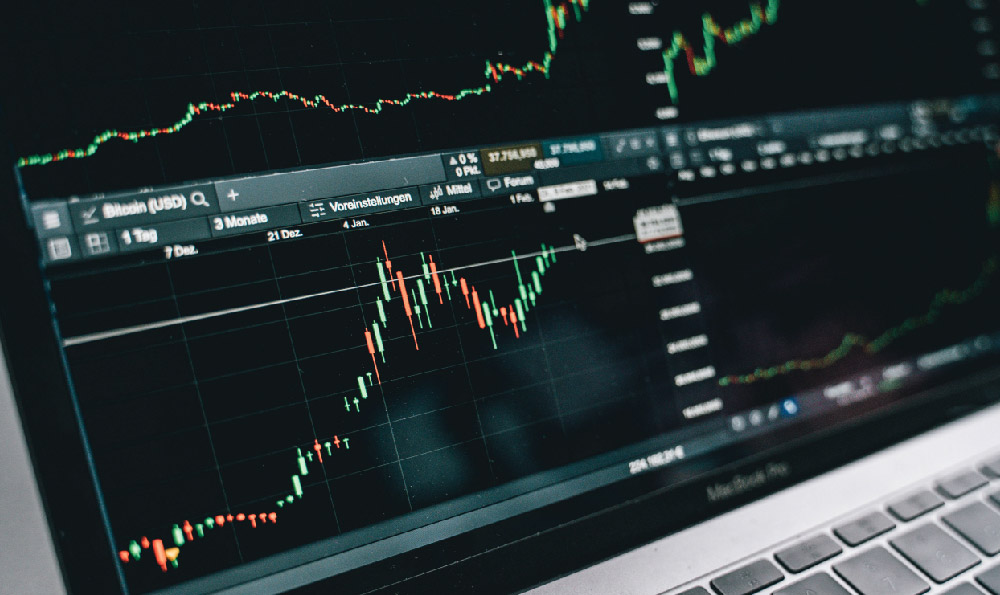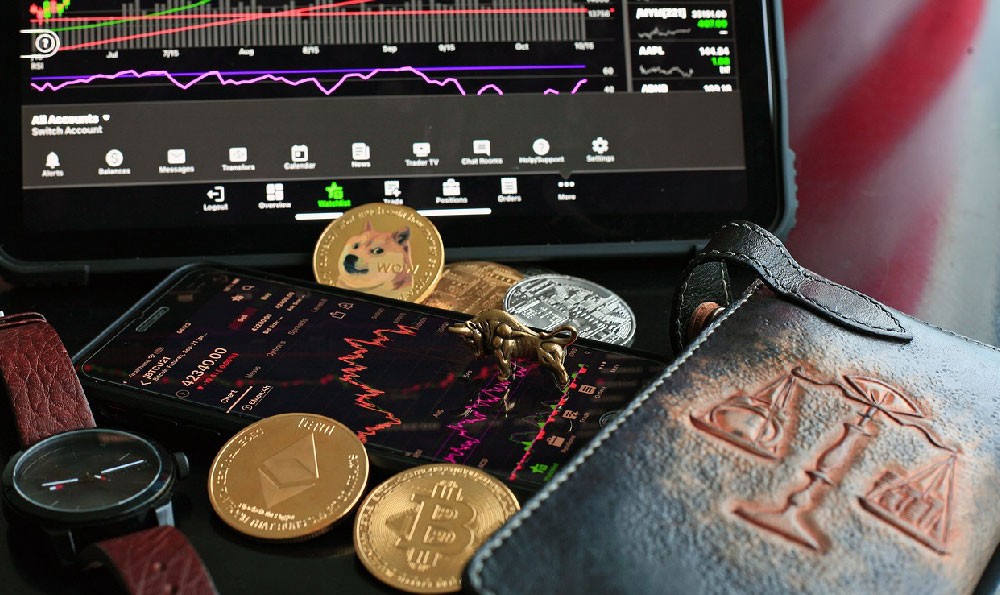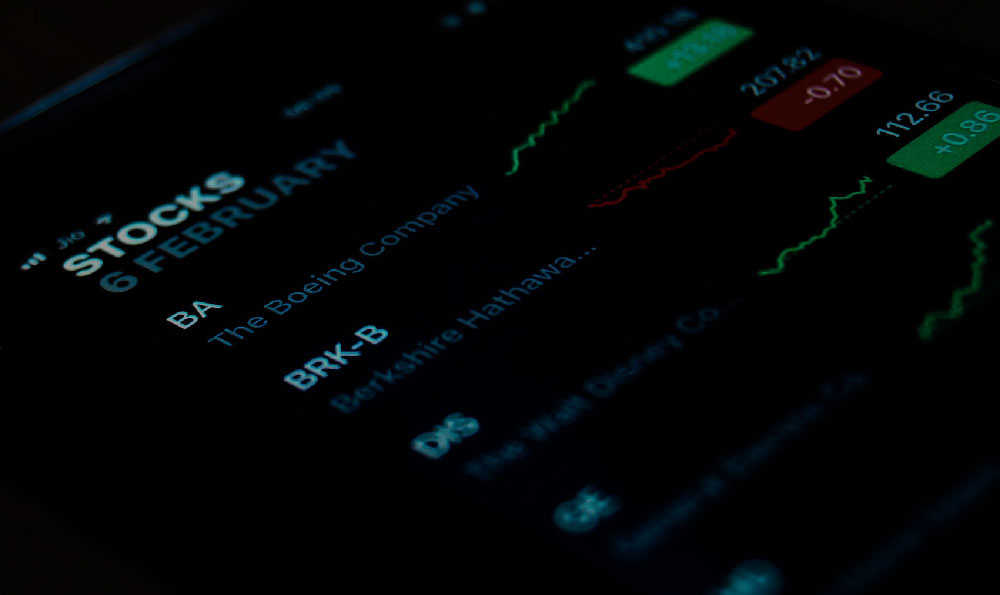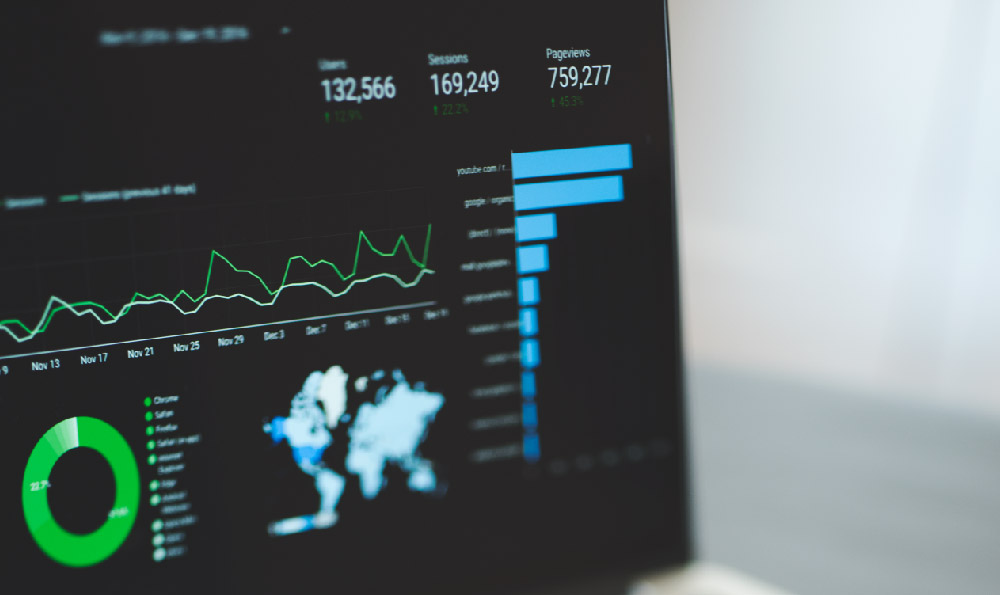How Did Dubai Get Rich, and What Made It So?
Okay, I understand. Here's an article in English addressing the question of how Dubai became wealthy and what factors contributed to its success, exceeding 800 words and formatted as requested:
Dubai's meteoric rise from a small fishing village to a global metropolis and economic powerhouse is a fascinating and often debated topic. It's a story of visionary leadership, strategic planning, relentless diversification, and a healthy dose of luck that coalesced to transform a desert landscape into a thriving center of commerce, tourism, and innovation. Understanding the key drivers behind this transformation requires exploring several pivotal factors.
Initially, Dubai's prosperity, like that of its neighbors, was intertwined with the pearling industry. However, the advent of cultured pearls in the early 20th century decimated this market, pushing Dubai into a period of economic hardship. It was the discovery of oil in 1966 that marked the true turning point. Unlike some of its regional counterparts, Dubai's oil reserves were relatively modest. This, perhaps counterintuitively, proved to be a blessing in disguise. Recognizing the finite nature of this resource, the ruling Al Maktoum family, particularly the late Sheikh Rashid bin Saeed Al Maktoum, embarked on a strategy of diversification, reinvesting oil revenues into infrastructure and strategic industries.
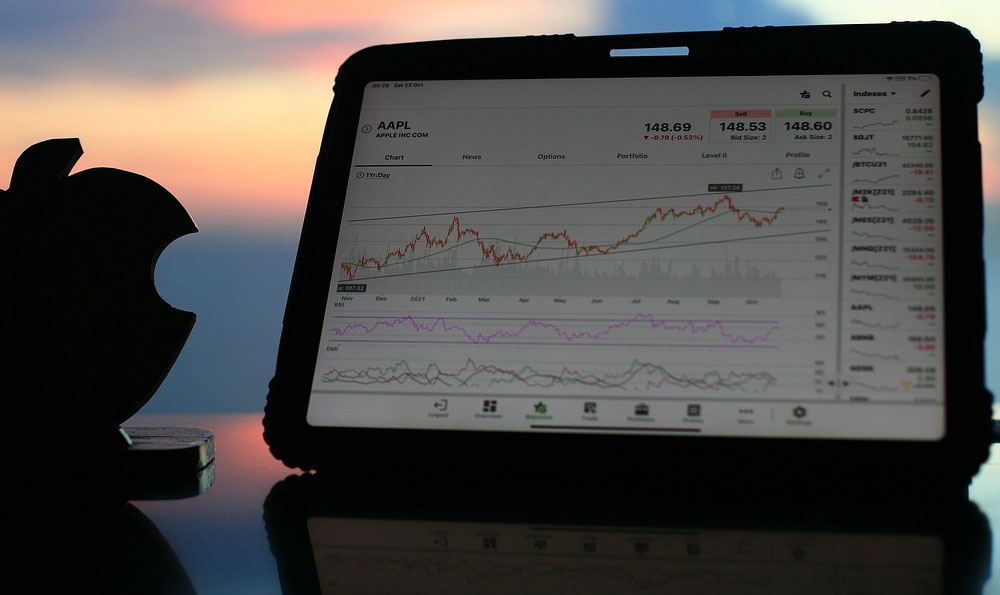
The leadership's foresight extended beyond simple reinvestment. They understood the importance of creating a business-friendly environment to attract foreign investment and talent. This involved implementing liberal trade policies, establishing free zones like the Jebel Ali Free Zone, and developing world-class infrastructure including ports, airports, and road networks. The Jebel Ali Free Zone, in particular, played a critical role in establishing Dubai as a major transshipment hub, connecting East and West and facilitating international trade. These policies were designed to create a welcoming and efficient ecosystem for businesses to thrive, reducing bureaucracy and streamlining processes.
Another crucial aspect of Dubai's success is its focus on tourism. Recognizing the potential of its location and climate, the emirate invested heavily in developing luxury hotels, resorts, and entertainment venues. Iconic landmarks like the Burj Al Arab and the Burj Khalifa became symbols of Dubai's ambition and attracted millions of tourists from around the world. Dubai also strategically positioned itself as a host for major international events, from sporting competitions to conferences and exhibitions, further boosting its tourism sector and enhancing its global profile. The investment in Emirates airline, a world-renowned carrier, played a significant role in connecting Dubai to global markets and facilitating tourism and business travel.
Beyond infrastructure and tourism, Dubai also recognized the importance of developing a skilled workforce. The government invested in education and training programs to equip its citizens with the skills necessary to compete in the global economy. They also attracted skilled professionals from around the world through attractive visa policies and employment opportunities, creating a diverse and dynamic workforce. This inflow of talent contributed to Dubai's innovative spirit and its ability to adapt to changing economic conditions.
Furthermore, Dubai fostered a culture of entrepreneurship and innovation. The government actively encouraged the development of small and medium-sized enterprises (SMEs) and supported startups through various initiatives. This created a vibrant ecosystem for innovation and fostered economic diversification beyond traditional sectors. The focus on technology and innovation is evident in initiatives like Dubai Internet City and Dubai Media City, which have attracted leading technology and media companies from around the world.
However, Dubai's success story is not without its challenges. The emirate has faced periods of economic downturn, particularly during the global financial crisis of 2008. These crises exposed vulnerabilities in its reliance on real estate and financial services. In response, Dubai has continued to diversify its economy and strengthen its regulatory framework to mitigate future risks. The emphasis has shifted towards sustainable development, renewable energy, and knowledge-based industries.
Moreover, criticisms surrounding labor practices and human rights have been leveled at Dubai. The construction boom relied heavily on migrant workers, and concerns have been raised about their working conditions and wages. The government has taken steps to address these issues, but ongoing efforts are needed to ensure fair treatment and protection of workers' rights.
In conclusion, Dubai's wealth and success are the result of a multifaceted strategy encompassing visionary leadership, strategic diversification, investment in infrastructure, a focus on tourism, a commitment to education and innovation, and a business-friendly environment. While challenges remain, Dubai's ability to adapt and evolve has been instrumental in its transformation into a global hub. The emirate's journey offers valuable lessons for other developing nations seeking to achieve sustainable economic growth and prosperity, demonstrating the power of strategic planning, long-term vision, and a willingness to embrace change. It is a story of how a resource-constrained environment, guided by astute leadership, can be transformed into a beacon of opportunity and innovation. The key element has been not just the initial windfall of oil revenue, but the deliberate and calculated deployment of that revenue towards building a future independent of that very resource.
